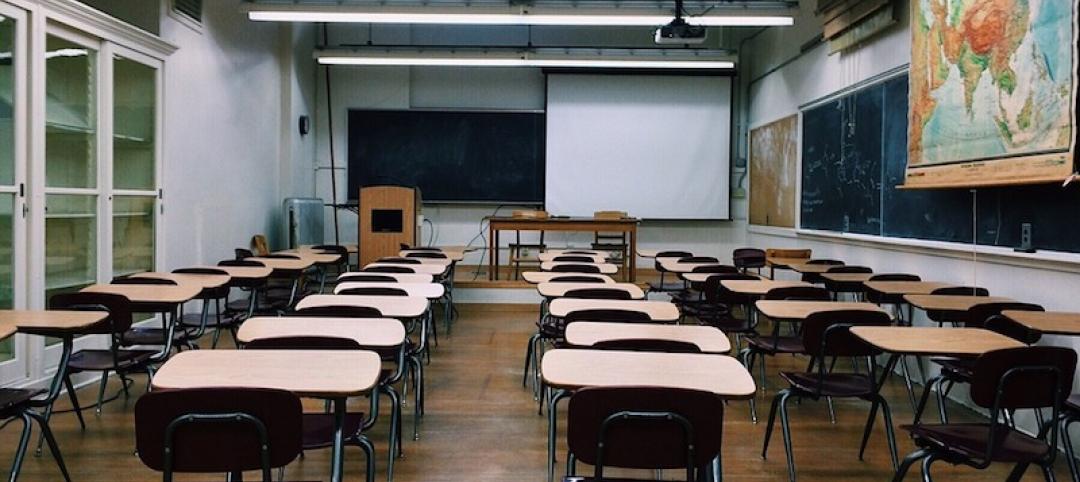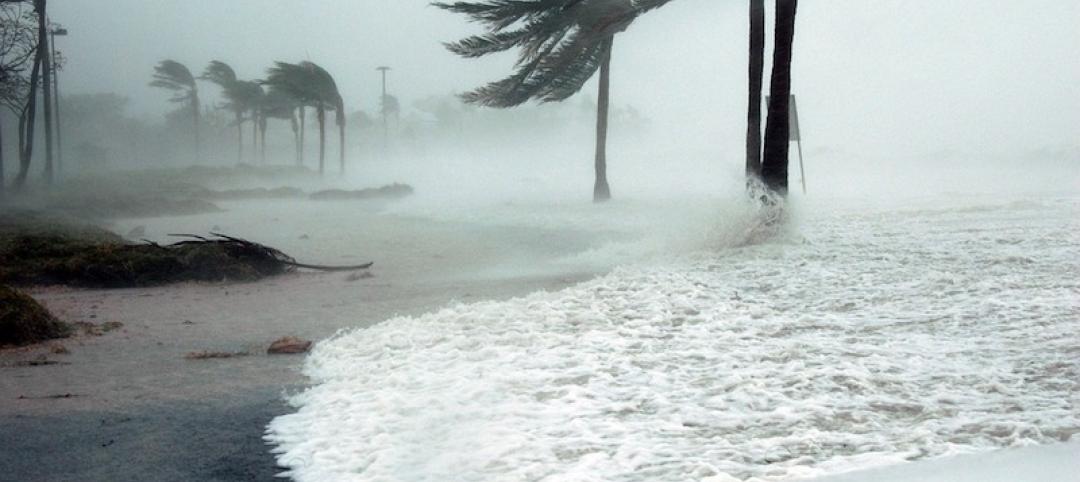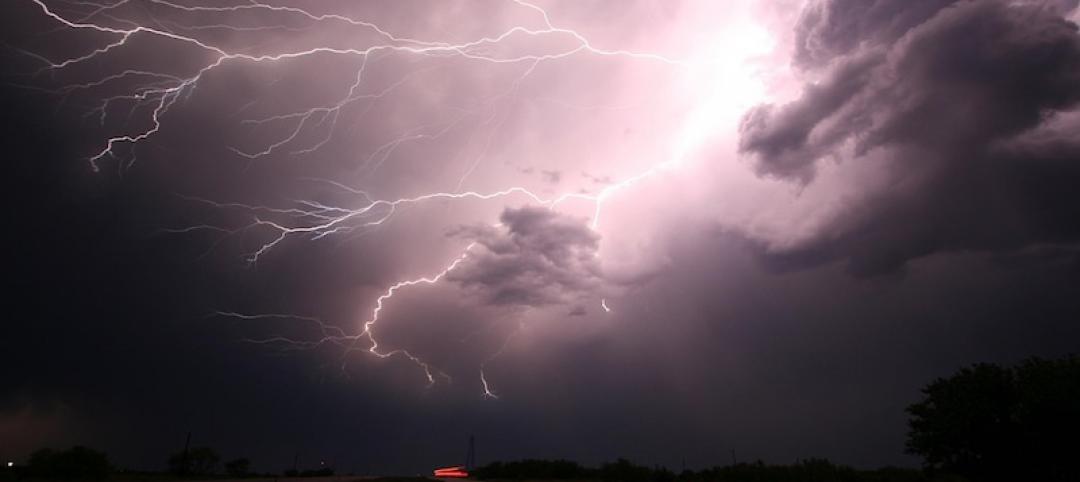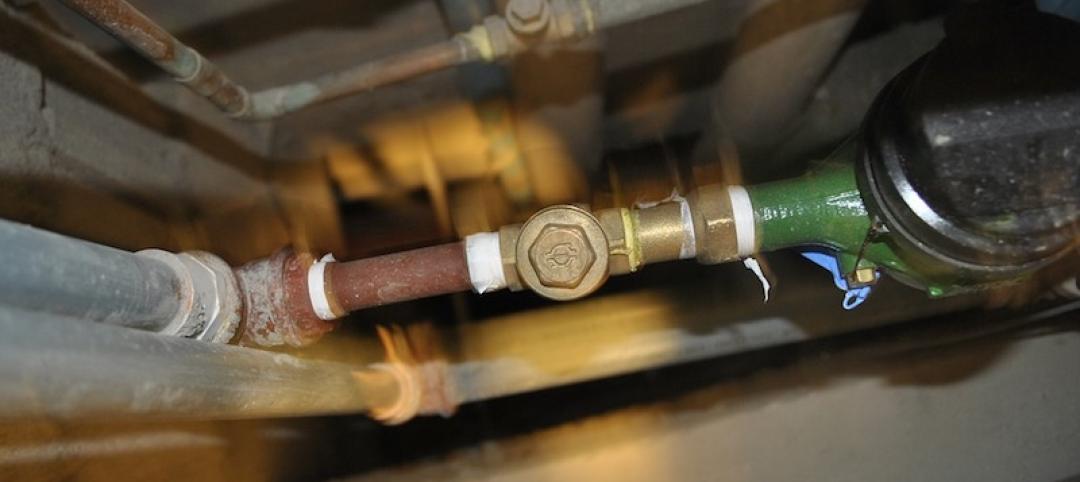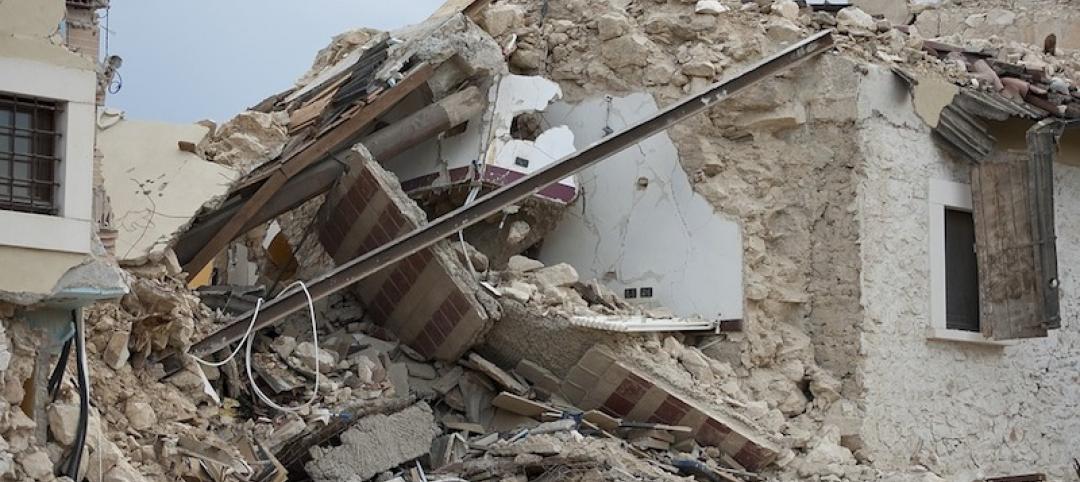The 2021 Hospital Energy and Water Benchmarking Survey by Grumman|Butkus Associates found that U.S. hospitals’ use of fossil fuels is declining since the inception of the annual survey 25 years ago, but electricity use is dipping more slowly.
The average combined Btu/ft2 (electricity plus gas/steam) for participating facilities was 236,743 in this year’s survey, up from 233,491 in 2019. “However, interpretation of year-to-year trends should be tempered by the realization that the respondent pool for the 2021 survey was different from the pool from the 2020 edition, due to the stresses that COVID-19 response placed on the healthcare facility personnel who normally participate, particularly during 2019,” according to a news release.
Hospitals’ average carbon footprint has remained fairly steady at 50 to 60 pounds of CO2 equivalent per square foot per year since GBA began calculating carbon data in 1999. CO2 footprint in 2020 was up from a low in 2019 (likely attributable to a change in respondents for the 2020 survey), but still shows an 18% decrease from 2018.
“To meet the ambitious goals put forth by the Biden Administration, hospitals will have to achieve much more significant reductions in the near term,” says GBA-Illinois Chairman Dan Doyle. “These reductions can only be achieved by implementing larger and more costly retrofits of existing buildings.
“The drive to decarbonize will also require building owners to embrace fuel switching to renewable-based energy sources. Many leading healthcare systems are implementing on-site renewables (usually solar photovoltaic systems), as well as off-site renewables, often funded through Power Purchase Agreements (PPA) to purchase some or all of their electricity.”
Related Stories
Codes and Standards | Oct 30, 2018
San Francisco plans tougher seismic building codes
Recommendations include addressing geotechnical issues like those faced by Millennium Tower.
Codes and Standards | Oct 26, 2018
Tall Mass Timber code proposals approved at Intl. Code Council public comment hearings
Proposals now go to online voting; final outcome expected in December.
Codes and Standards | Oct 25, 2018
Low-income neighborhoods could benefit most from green roofs
Those areas face the biggest risk from extreme heat.
Codes and Standards | Oct 24, 2018
Building design critical to prevent school shootings
Safety must be balanced with welcoming environment.
Codes and Standards | Oct 23, 2018
Codes in Florida Panhandle made buildings vulnerable to Hurricane Michael
Less stringent codes in northern parts of state linked to devastation.
Codes and Standards | Oct 19, 2018
Global Green Tag production certification standard will launch in U.S. at end of year
Australian program recognized by WELL, claims compliance with LE.
Codes and Standards | Oct 18, 2018
Federally-backed rebuilding of public buildings often leaves them vulnerable to future storms
FEMA dollars pay for reconstruction, but local decision-makers ignore climate change impacts.
Codes and Standards | Oct 17, 2018
Philadelphia plumbing code will now allow for more use of plastic pipes in high rises
Of the 50 largest U.S. cities, Philadelphia is one of just six that still require metal pipes.
Codes and Standards | Oct 16, 2018
New Disaster Recovery Reform Act will support adoption of updated building codes
Provides incentives for communities to modernize and enforce codes.
Codes and Standards | Oct 12, 2018
Boston ‘housing emergency’ prompts regional initiative for new residential construction
Mayors of 15 cities set goal of 185,000 new homes by 2030.






